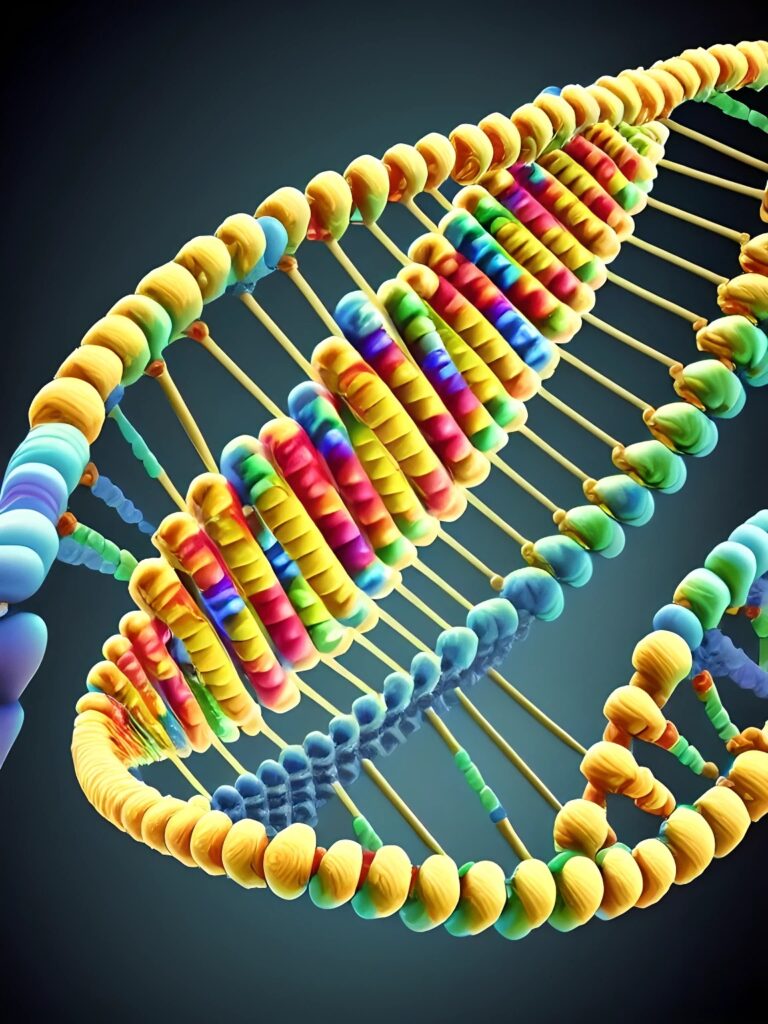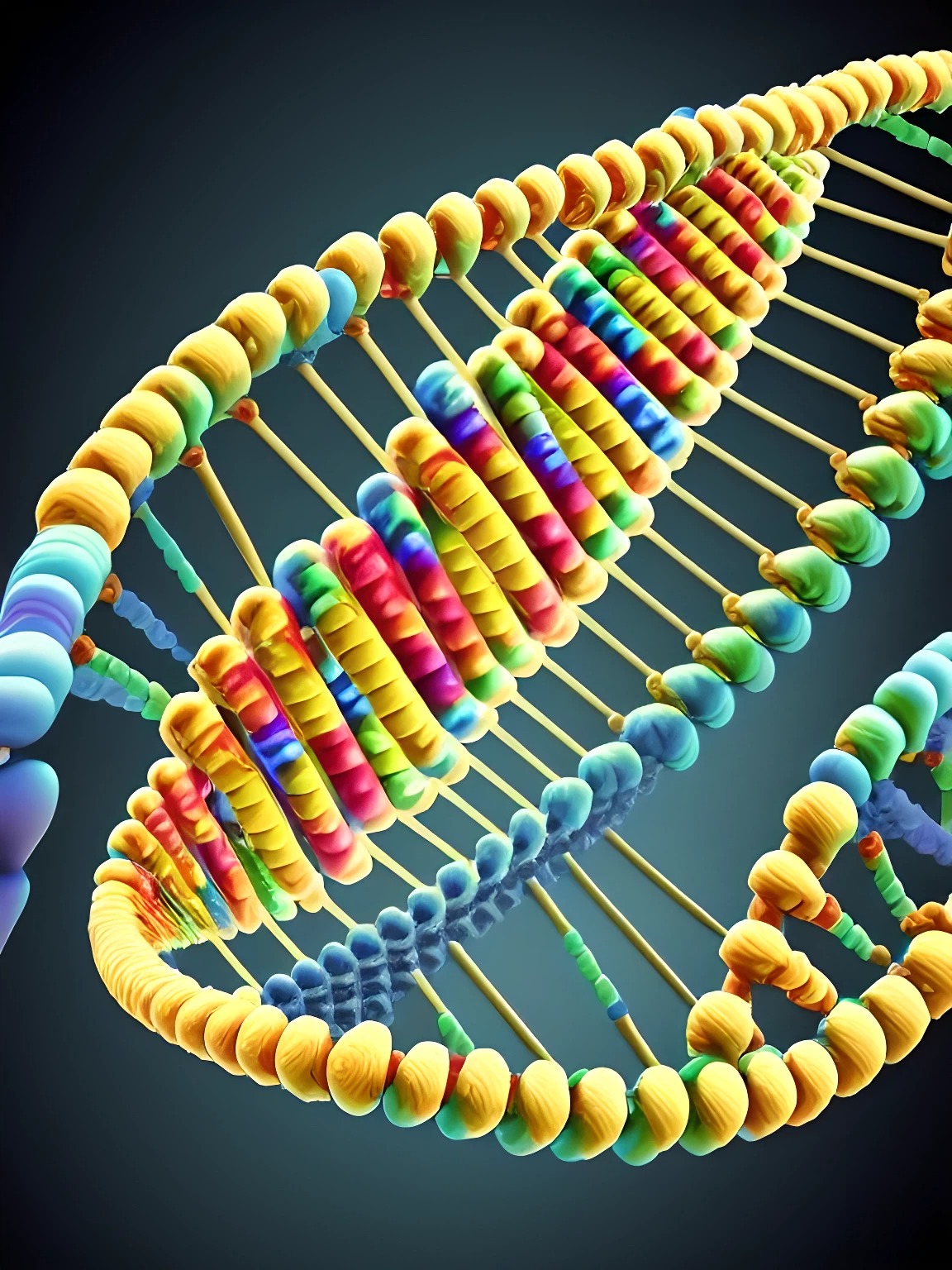
Biohacking is a rapidly growing field that involves using technology to modify living organisms for a variety of purposes. One of the most promising and controversial areas of biohacking is gene editing, which allows scientists to add, delete or modify genes in living organisms. CRISPR-Cas9 is a revolutionary gene editing tool that has made gene editing faster, cheaper and more accessible than ever before. With its ability to precisely target specific genes, CRISPR-Cas9 has the potential to revolutionize medicine, agriculture and many other fields. However, it also raises serious ethical and safety concerns, and its use is highly controversial. In this article, we will explore the world of biohacking with CRISPR-Cas9, its potential benefits and risks, and the ethical considerations that must be taken into account.
Introduction to Gene Editing and Its History
Gene editing, also known as genome editing, is the process of altering the DNA sequence of a living organism. The history of gene editing dates back to the 1970’s, when scientists discovered a way to cut DNA at specific sites. However, the FDA didn’t approve the first form of gene therapy until the 1990’s. The goal of gene therapy is to treat or cure genetic diseases by replacing, adding, or deleting genes.
Understanding CRISPR-Cas9 Gene Editing Technology
CRISPR-Cas9 is a gene editing tool that allows scientists to precisely cut DNA at specific locations. This technology is based on a natural system that bacteria use to defend against viruses. The CRISPR system is made up of two components: the Cas9 enzyme and a guide RNA. The guide RNA is designed to match the DNA sequence at the target site, and the Cas9 enzyme cuts the DNA at that location. The cell’s built-in repair mechanisms can mend the DNA break that results from this.
Benefits and Risks of Gene Editing in Humans
The potential benefits of gene editing in humans are vast. Gene therapy has the potential to cure genetic diseases such as sickle cell anemia, cystic fibrosis, and Huntington’s disease. It could also be used to treat cancer and HIV.
CRISPR-Cas9 is a powerful tool for editing DNA sequences. It has numerous applications across various fields of research, such as medicine, agriculture, and biotechnology. Some of the applications of CRISPR-Cas9 include:
- Gene therapy: It is used to treat genetic disorders by editing or replacing the defective genes responsible for the disease.
- Drug discovery: CRISPR-Cas9 is used to create animal models of human diseases, which helps in the development of new drugs and therapies.
- Agricultural biotechnology: It is used to modify plant genomes to enhance crop yields, disease resistance, and nutritional content.
- Basic research: CRISPR-Cas9 is used to study the function of genes and their role in various biological processes.
- Cancer research: It is used to create animal models of cancer to study the disease and develop new treatments.
Overall, the potential applications of CRISPR-Cas9 are vast and diverse, making it a valuable tool for scientific research and innovation.
However, there are also risks associated with gene editing. One concern is that the technology could be used to create “designer babies” with specific traits. There is also the risk of unintended consequences, such as off-target effects or mutations that could cause new diseases.
- Off-target effects: CRISPR-Cas9 can sometimes cut DNA at unintended sites, which can cause unintended changes in the genome that can have harmful effects.
- Incomplete editing: The editing process may not be complete, leading to mosaic organisms with a mix of edited and unedited cells.
- Unknown consequences: It is difficult to predict the long-term effects of gene editing, especially in complex organisms.
The Ethical Concerns Surrounding Gene Editing
The ethical concerns surrounding gene editing are complex. One concern is that gene editing could lead to eugenics, where certain genetic traits are deemed more desirable than others. There is also a concern that gene editing could be used to enhance human traits, such as intelligence or athletic ability, leading to a “genetic arms race.” Another ethical concern is that gene editing could make a difference between people who have had their genes changed and those who haven’t. This could lead to discrimination and inequality.
Gene Therapy and Its Potential to Cure Genetic Diseases
Gene therapy has the potential to cure genetic diseases by replacing, adding, or deleting genes. This could be done by using viruses to deliver the corrected gene to the patient’s cells. The goal of gene therapy is to provide a long-term cure, rather than simply treating the symptoms of the disease. Some early successes in gene therapy include the treatment of severe combined immunodeficiency (SCID) and hemophilia.
CRISPR-Cas9 Gene Editing; Its Potential and Limitations in Gene Therapy
CRISPR-Cas9 gene editing has the potential to revolutionize gene therapy. This technology allows for precise editing of the genome, which could lead to more effective treatments for genetic diseases. One example of this is the use of CRISPR-Cas9 to edit the genome of a patient with sickle cell anemia. The edited cells were then transplanted back into the patient, resulting in a reduction in symptoms.
Despite its potential, CRISPR-Cas9 and other gene editing technologies have limitations. One limitation is that they are not yet precise enough to edit the genome without causing unintended mutations. Another limitation is that the delivery of the edited gene to the patient’s cells can be challenging. Additionally, some diseases are caused by mutations in multiple genes, making them more difficult to treat with gene therapy.
Future Possibilities of Gene Editing
The possibilities for gene editing are vast. In addition to treating genetic diseases, gene editing could be used to create new therapies for cancer and other diseases. It could also be used to create new crops that are more resistant to disease and climate change. However, there are also concerns about the potential misuse of gene editing technology, such as the creation of biological weapons.
Public Perception of Gene Editing and Its Regulation
Public perception of gene editing is mixed. Some people see it as a way to cure genetic diseases and improve human health, while others see it as playing God and potentially leading to unintended consequences. The regulation of gene editing is also a complex issue. Currently, the FDA regulates gene therapy as a drug, but there are concerns that this regulatory framework may not be sufficient for the unique challenges posed by gene editing.
Basics of Using CRISPR-Cas9 to Edit Genes
CRISPR-Cas9 is a powerful gene editing tool that can be used to modify genes in living organisms. To use CRISPR-Cas9 to edit genes in a living person, the following steps are typically involved:
- Identify the target gene: The first step is to identify the gene that needs to be edited. This can be done using genetic testing or other methods.
- Design the guide RNA: The next step is to design a guide RNA that will “guide” the Cas9 enzyme to the target gene.
- Deliver the CRISPR-Cas9 system: The CRISPR-Cas9 system needs to be delivered to the cells in the body. This can be done using viral vectors, nanoparticles, or other delivery methods.
- Cut the DNA: Once the CRISPR-Cas9 system is inside the cell, the Cas9 enzyme will cut the DNA at the target site.
- Repair the DNA: The cell’s natural DNA repair mechanisms will then kick in to repair the DNA. Depending on the desired outcome, different repair mechanisms can be used to create specific changes in the DNA.
Conclusion – The Future of Gene Editing and Its Impact on Society
The future of gene editing is both exciting and uncertain. While the potential benefits of gene therapy are vast, there’re also risks and ethical concerns that must be addressed. As gene editing technology continues to advance, it is important that we have a robust regulatory framework in place to ensure that it is used in a responsible and ethical manner. The impact of gene editing on society will depend on how we balance the potential benefits with the potential risks.

